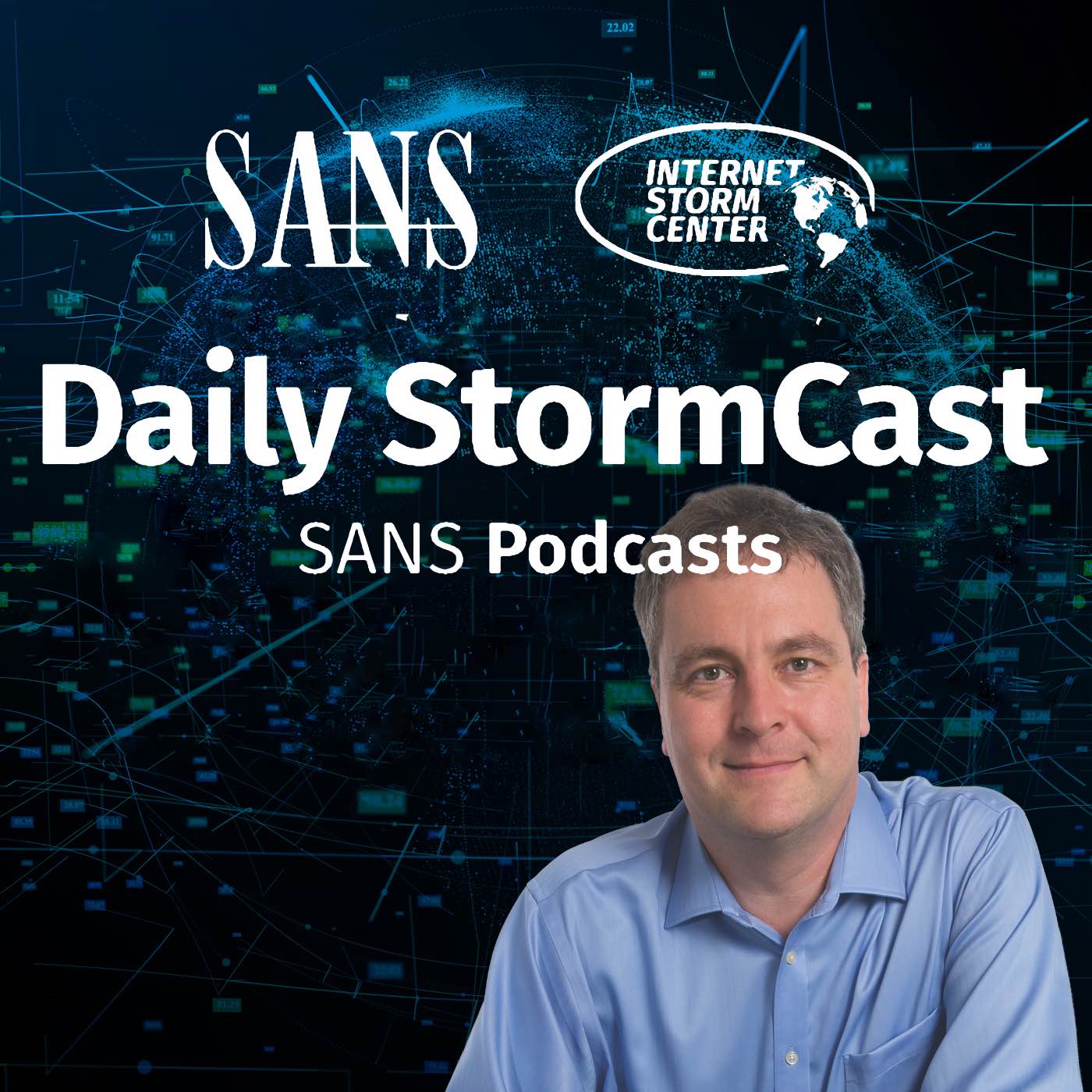Handler on Duty: Jesse La Grew
Threat Level: green
Podcast Detail
SANS Stormcast Tuesday, June 24th, 2025: Telnet/SSH Scan Evolution; Fake Sonicwall Software; File-Fix vs Click-Fix
If you are not able to play the podcast using the player below: Use this direct link to the audio file: https://traffic.libsyn.com/securitypodcast/9504.mp3
My Next Class
| Network Monitoring and Threat Detection In-Depth | Online | Central European Time | Dec 15th - Dec 20th 2025 |
| Application Security: Securing Web Apps, APIs, and Microservices | Orlando | Mar 29th - Apr 3rd 2026 |
Quick Password Brute Forcing Evolution Statistics
After collecting usernames and passwords from our ssh and telnet honeypots for about a decade, I took a look back at how scans changed. Attackers are attempting more passwords in each scans than they used to, but the average length of passwords did not change.
https://isc.sans.edu/diary/Quick%20Password%20Brute%20Forcing%20Evolution%20Statistics/32068
Introducing FileFix – A New Alternative to ClickFix Attacks
Attackers may trick the user into copy/pasting strings into file explorer, which will execute commands similar to the ClickFix attack that tricks users into copy pasting the command into the start menu’s cmd feature.
https://www.mobile-hacker.com/2025/06/24/introducing-filefix-a-new-alternative-to-clickfix-attacks/
Threat Actors Modify and Re-Create Commercial Software to Steal User’s Information
A fake Sonicwall Netextender clone will steal user’s credentials
https://www.sonicwall.com/blog/threat-actors-modify-and-re-create-commercial-software-to-steal-users-information
Discussion
New Discussions closed for all Podcasts older than two(2) weeks
Please send your comments to our Contact Form
| Network Monitoring and Threat Detection In-Depth | Online | Central European Time | Dec 15th - Dec 20th 2025 |
| Application Security: Securing Web Apps, APIs, and Microservices | Orlando | Mar 29th - Apr 3rd 2026 |
| Network Monitoring and Threat Detection In-Depth | Amsterdam | Apr 20th - Apr 25th 2026 |
| Application Security: Securing Web Apps, APIs, and Microservices | San Diego | May 11th - May 16th 2026 |
| Network Monitoring and Threat Detection In-Depth | Online | Arabian Standard Time | Jun 20th - Jun 25th 2026 |
| Network Monitoring and Threat Detection In-Depth | Riyadh | Jun 20th - Jun 25th 2026 |
| Application Security: Securing Web Apps, APIs, and Microservices | Washington | Jul 13th - Jul 18th 2026 |
Podcast Transcript
Hello and welcome to the Wednesday, June 25, 2025 edition of the SANS Internet Storm Center's Stormcast. My name is Johannes Ullrich and this episode brought to you by the SANS.edu Graduate Certificate Program in Cyber Defense Operations is recorded in Stockheim, Germany. In diaries today I took a quick look at the history of the password brute forcing that we have seen in our honeypots. We collected the data starting in about 2015. Now my analysis I start with 2018 data because that's where things became a bit more stable and we sort of have a consistent volume of data to look at. And what I looked at is first of all do we have modern bots that are using more username password combinations to attack a particular target than the older bots. That appears to be somewhat true. In the beginning, meaning 2018, we had about 10 different username and password combinations attempted by each individual source IP address. That is now up to about 70 or so different username and passwords. I also took a quick look at the complexity of the passwords and that has been relatively steady around 8 characters on average. But remember, these are default passwords that these bots usually attempt. Now there are a couple of default passwords that are a bit larger and more complex. But most of them are simple stuff like admin, admin, password and the like. So relatively short passwords. The length doesn't necessarily mean that it's a more difficult to guess password if it is actually just a simple default password. And the blog post on mobilehacker.com does describe an interesting, I would say, further development of the ClickFix malware. ClickFix refers to attackers that present users with fake captchas and then trick them into copy pasting code into their system. Now that usually requires opening some kind of command prompt. What mobilehacker proposes here, and I don't think the attack has been seen in the wild yet. So at this point it's really sort of more proof of concept style attack, is to instead use just the file explorer. This may make it a little bit easier for victims to actually fall for it. Because they're less likely to sort of recognize this as actually executing a command. And may also make detection a little bit more difficult, in particular if your detection is very specifically targeting the ClickFix behavior. So they're calling this a file fix. And essentially the trick is the same. You're presenting the victim with a fake captcha. But instead of copy pasting the command to a command prompt, you just copy paste it into the URL bar of the file explorer. Which will then also execute the command, including command options. In talking about tricking users into doing the wrong thing. SonicWall is warning that it has observed a fake NetExtender version. NetExtender is software published by SonicWall used to log in to its VPN solutions. The fake version of the software uses a valid digital certificate. But of course not one from SonicWall. Just a random stolen certificate that has since been revoked. The fake version of the application will steal the user's credentials. And that appears to be the main purpose of that application. Well, and this is it for today. Thanks for listening and talk to you again tomorrow. Bye.











